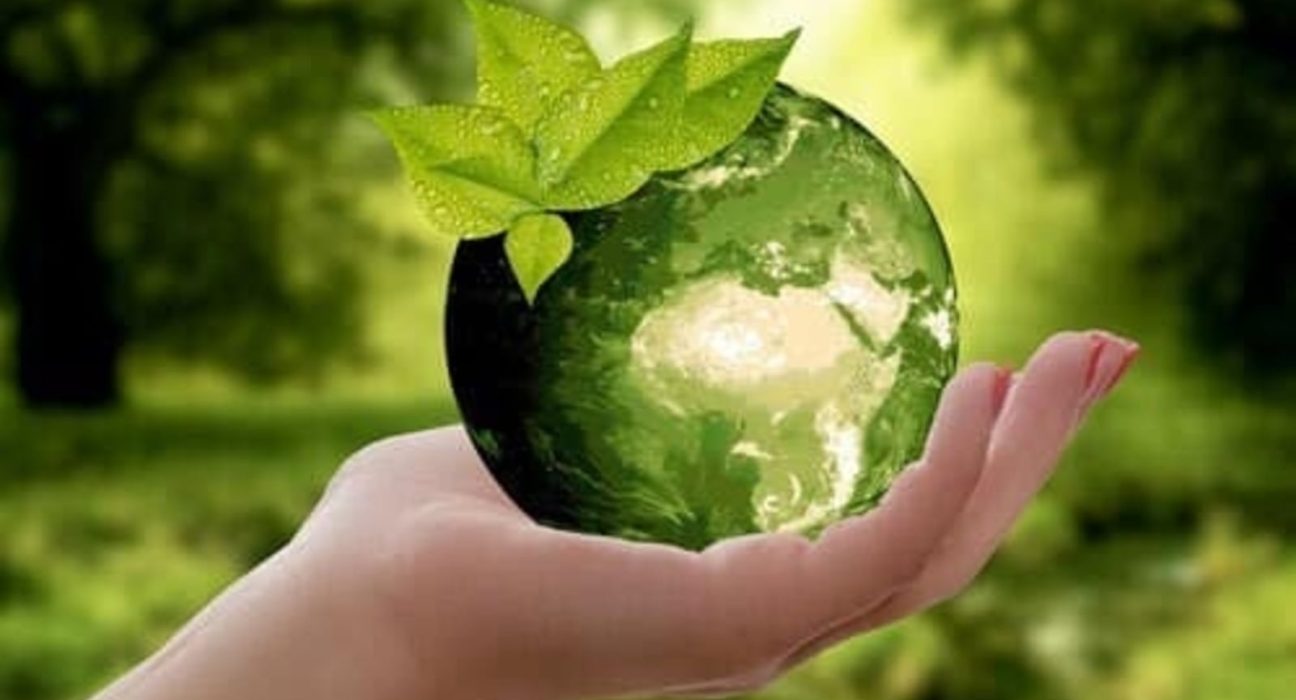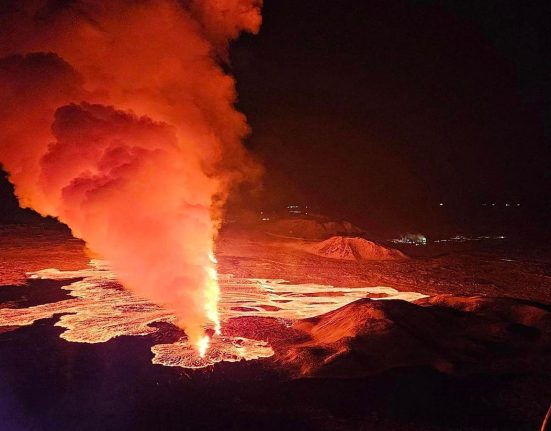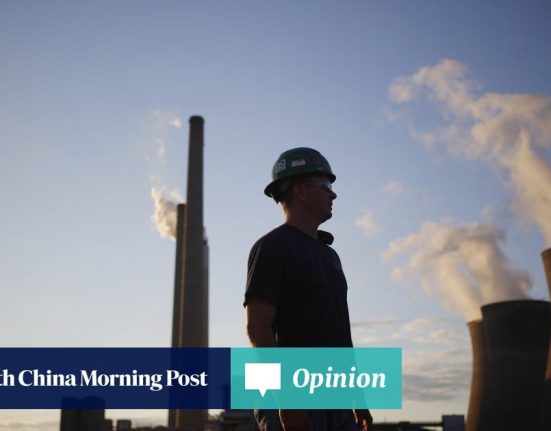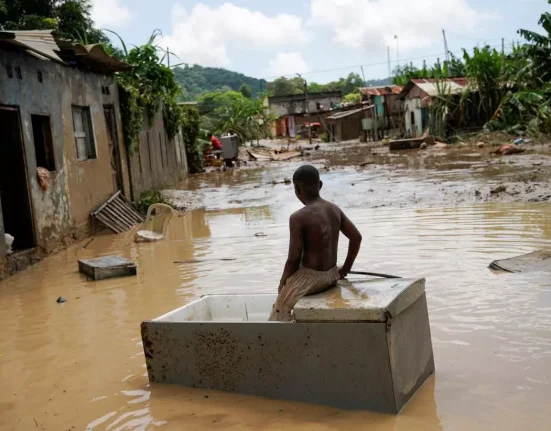Global warming’s shadows loom largest over the developing world, where climate crisis hits hardest. Floods, droughts, and unpredictable weather underscore the urgent need for sustainable solutions. Renewable energy offers hope, but financial constraints block many developing nations from embracing it. Overcoming these hurdles isn’t just about fighting climate crisis; it’s about ensuring equity in accessing crucial tools for survival and progress.
Developing nations face distinct vulnerabilities in the wake of climate crisis, stemming from a combination of geographical, socio-economic, and infrastructural factors. Across the Caribbean, Pacific Islands, and Southeast Asia, escalating storms and rising sea levels wreak havoc, causing widespread destruction. South Asian countries are witnessing erratic monsoons disrupt agricultural cycles, impacting food security for millions, while also grappling with devastating floods and landslides, causing significant loss of life and property. African nations, especially in the Sahel region, suffer prolonged droughts, leading to water scarcity and food insecurity while recurrent famines in the Horn of Africa intensify humanitarian crises. Regions across the globe are enduring severe economic tolls as well, such as experiencing extensive crop failures due to unpredictable weather and diseases like malaria and dengue fever surge also put a strain on the already stretched healthcare systems.
Renewable energy solutions being imperative to mitigate these impacts several developing countries have set certain impressive targets, such as the UAE’s Energy Strategy 2050 aims for a blend of renewable, nuclear, and clean energy to meet both economic and environmental goals, targeting 44% clean energy. Indonesia commits to carbon neutrality by 2060, retiring coal plants by 2050. Chile expects 70% of electricity from renewables by 2050, while Vietnam targets 15-20% renewable energy by 2030, primarily solar and wind power. Brazil pledges to double global energy efficiency improvement to 4% yearly until 2030. The African Union anticipates rapid growth in solar and wind power, aiming for 70% solar, 20% wind, and 10% hydro by 2050. India’s plan includes adding 50 GW of renewable energy annually for the next 5 years, aiming for 500 GW by 2030.
Despite these aspirations, limited capital investment dissuades scaling up renewable infrastructure, deterring private investors with high initial costs and lengthy payback periods. Accessing affordable financing, especially for less creditworthy nations, remains challenging due to high interest rates and loan difficulties, perpetuating reliance on polluting energy.
Effective financing mechanisms, research, development, and technology deployment, can cut costs. Collaboration with international bodies and developed nations offering favourable terms, grants, and technical aid is crucial to navigate this transition. Adequate financing doesn’t just build infrastructure; it fosters innovation, capacity, and sustainable economic growth, creating jobs in robust energy ecosystems.
Thus, when it comes to overcoming financial barriers developing countries are deploying various strategies in renewable energy adoption.
Domestic initiatives like feed-in tariffs in India, tax incentives in Kenya, and streamlined permitting processes in Brazil attract private investment. Successful case studies include Morocco’s Noor Ouarzazate Solar Complex and Costa Rica’s near-complete reliance on renewables, demonstrating effective public-private partnerships and supportive national policies. International organisations play a vital role as well, the UN’s Green Climate Fund aids nations like Bangladesh in financing climate projects, while World Bank initiatives support Nepal’s renewable energy expansion. Financial aid, exemplified by India’s collaboration with the International Solar Alliance, fosters funding and technology transfer for sustainable energy solutions. Corporate partnerships also contribute significantly, such as General Electric’s wind energy projects in Vietnam and Enel Green Power’s endeavours in South Africa showcase successful collaborations driving renewable energy adoption in developing nations.
Furthermore, several countries actively assist others in transitioning to renewable energy. For instance, Germany’s International Climate Initiative (IKI) supports renewable energy ventures in Latin America, Africa, and Asia through financial and technical assistance. The United States Power Africa Initiative promotes electricity access and renewable energy in sub-Saharan Africa, facilitating clean energy projects like solar and wind power initiatives. Denmark, renowned for its expertise in wind energy, collaborates with nations such as Vietnam and Indonesia, providing technological knowledge in wind energy technologies and aiding in wind farm development. China’s Belt and Road Initiative (BRI) invests in renewable energy projects spanning Asia, Africa, and Europe, including solar and wind initiatives in countries like Pakistan and Kazakhstan. The European Union extends support to neighbouring countries through initiatives like the European Neighborhood Policy and the Energy Community, helping transition Western Balkan and Eastern European nations to cleaner energy sources. Additionally, Japan’s overseas investments in renewable energy, particularly in solar power projects in the Philippines and Bangladesh, contribute to these countries’ renewable energy goals.
International investment in renewable energy has significantly increased since the 2015 Paris Agreement, yet the surge has been primarily concentrated in developed nations, according to a report by the United Nations Conference on Trade and Development (UNCTAD). UNCTAD Secretary-General Rebeca Grynspan highlighted the critical need for a substantial rise in sustainable energy system investments in developing countries to meet global climate objectives by 2030. Global foreign direct investment (FDI) faced a 12% decline in 2022, amounting to $1.3 trillion, following a robust recovery in 2021 post the sharp dip induced by COVID-19 in 2020, as outlined in the report. This downturn was primarily a result of reduced financial flows and transactions in developed nations, driven by concurrent crises including the Ukraine conflict, escalating food and energy prices, and mounting debt pressures.
Overcoming the multifaceted challenges of renewable energy adoption in developing nations requires a united global effort. The climate crisis disregards borders, demanding a collective response from nations regardless of economic status. Supporting these nations in their transition to renewable energy is not only an act of goodwill but a responsibility crucial for the planet’s survival.
The challenges faced by developing nations in adopting renewable energy are formidable, yet the power of concerted efforts and collaboration remains potent. The urgency to combat climate crisis calls for a united front, with nations, international bodies, corporations, and communities joining forces to pave the way for a brighter, cleaner future. The significance of overcoming financing challenges extends beyond borders, promising transformative change, cleaner air, stronger economies, and a more resilient global landscape. At this critical juncture, the choice is clear: to invest in a future where renewable energy is a necessity, empowering developing nations to lead the charge towards a sustainable tomorrow.
This article is authored by Ananya Raj Kakoti and Gunwant Singh, scholar, international relations, Jawaharlal Nehru University, New Delhi.







